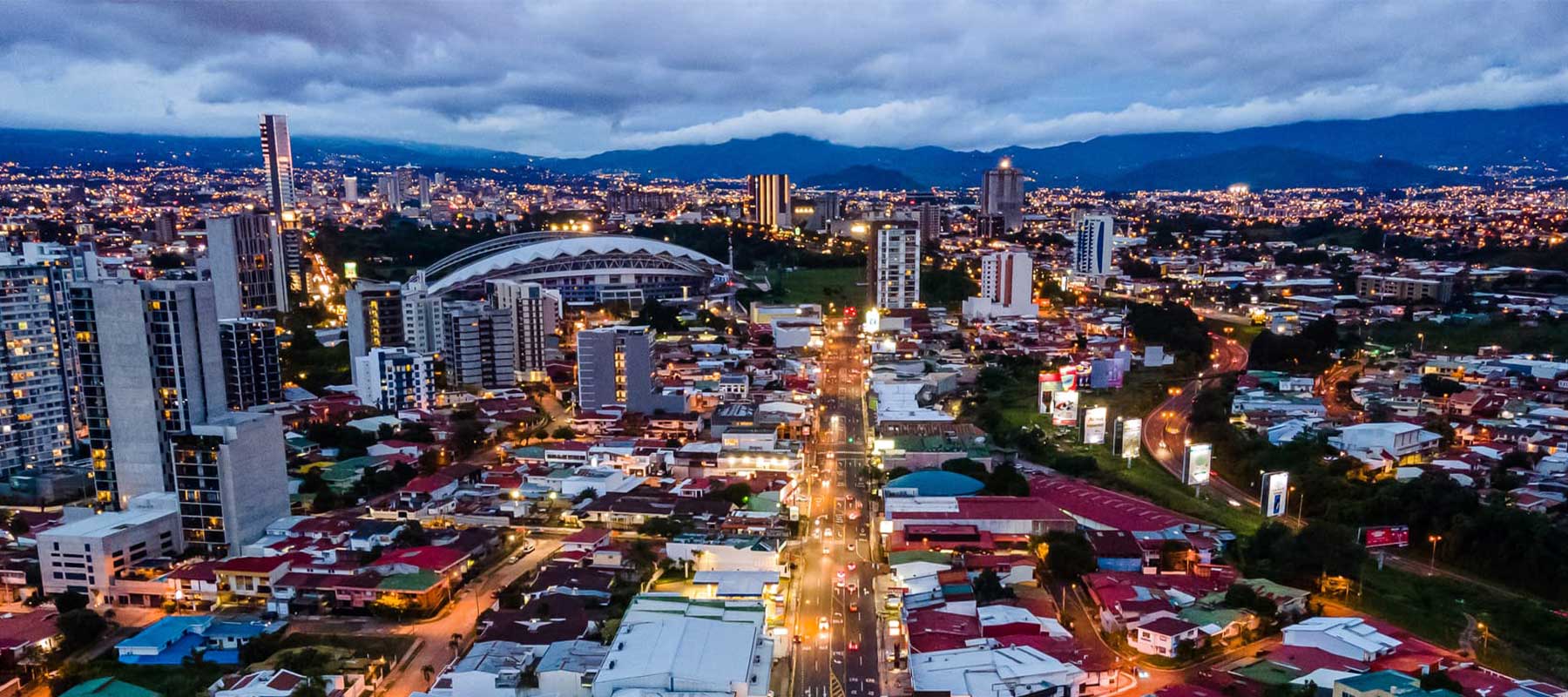
Cruises
Beautiful Art, Fascinating Buildings, and Mouth-Watering Cuisine Abound in Costa Rica's Largest City.
a
by Patrick Leigh Fermor
25-06-2024

Cruises
a
by Patrick Leigh Fermor
25-06-2024
Even if seeing a city isn't your primary motivation for visiting Costa Rica, the capital city offers plenty to tourists. San José is one of the newest cities in Latin America, having been founded less than 300 years ago. The city's rise followed its 1832 capitalship, and the coffee-growing sector, which makes use of the country's fertile soil and mild climate at high elevations, was a major contributor.
The 40-room boutique Hotel Grano de Oro sits on a peaceful street only 20 minutes from the international airport. The hotel is set in an early twentieth-century home that evokes a sense of the past with its ornate wood paneling, handcrafted tiles, colorfully patterned fabrics, and wrought-iron bed frames.
For a traditional Costa Rican breakfast of gallo pinto—rice and beans topped with a variety of ingredients—and a nice 20-minute stroll east of Grano de Oro, head to San José's Central Market. The market is a historic site in its own right; it is a labyrinth of passageways filled with street sellers selling anything from clothing and home goods to herbs and other fresh products.
The Neoclassical National Theater is located on Avenida Segunda. This magnificent hall, modeled after the Palais Garnier in Paris, features Italian marble flooring and a famous ceiling mural by Italian artist Aleardo Villa, Allegory of Coffee and Bananas, which portrays Italian farmers.
Take a trip to the Museo de Arte y Diseño Contemporáneo to see displays of mixed-media artworks created by artists from Costa Rica and throughout the world. If you are looking for ceramics, textiles, and jewelry manufactured in the area, stop by Tienda eÑe.
Once a peaceful residential neighborhood east of downtown, Barrio Escalante is now a hive of activity with cafes, stores, and restaurants. Óscar (Toribio) Hernández and Donato Morales, the founders of the sustainable fashion company Toribio & Donato, started DOMA
Escalante as a farm-to-table restaurant. Today, the Spanish-colonial home's striped façade conceals more: a flower shop, a café serving home-baked pastries, a design store, and an urban farming school.
Visit Galería Talentum in Barrio Otoya, a charming enclave of stately old residences, to view artworks created by up-and-coming Costa Rican artists. Gabriela Catarinella founded the gallery. One option for dining in Barrio Amón is Restaurante Silvestre, housed in a restored mansion. Pasta with pesto made from culantro coyote, a cilantro-like herb, and a guava cheesecake are just two examples of the dishes prepared by Santiago Fernández Benedetto, a native of the city and an accomplished chef who blends world flavors with local ingredients. Amazing things may be made from simple components, he claims.